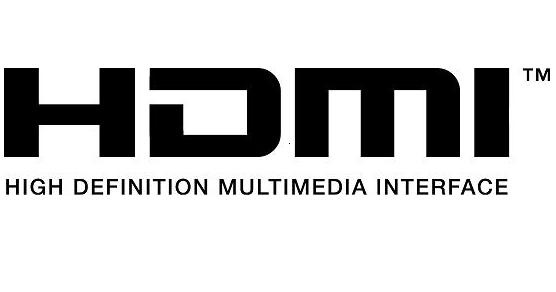An EDID is supposed to be the way that component makers control you. And yet, it’s pretty easy to fake with the right equipment. So what’s this all about? Read on to find out.
A little bit about HDMI
A few years back, I spent some time explaining why it is that HDMI cables came to be so popular. The real reason has a lot more to do with paranoia from major media companies than it does with your convenience. You see, there are a few large companies that still honestly believe that you’ll make digital copies of their stuff and sell it on streetcorners. That’s why they put a little bit of technology into the HDMI spec that’s supposed to stop you from doing that. It’s called HDCP and it’s been with us for close to 20 years at this point.
HDMI is more than just a cable that links two things together. About every two seconds, an HDMI-connected source (like a satellite box or streaming device) sends a message to its target device (like a TV.) It’s a simple question that asks, “what kind of thing are you?” If the target device answers wrong or doesn’t answer, the signal gets locked down and shut off. If the device answers right, there’s also a unique decryption key that gets passed back and forth so that you can actually watch your stuff. This little dance is the reason your TV goes black from time to time while changing channels or sources, and why older TVs have problems with new devices.
About the EDID
One of the bits of data that gets passed from device to device is the EDID. EDID stands for “Extended Display Identification Data.” It’s something that’s been around for decades and can be used on analog displays as well as digital ones.
EDID was originally designed to be used with computer monitors. While early computer monitors were tied in resolution to the computers they came with, something new started happening in the late 1980s. Monitor makers started creating monitors that could display many different resolutions. That sounds pretty basic today but it was amazing at the time. The problem was that there wasn’t a standard to let computers know what the monitor was capable of. It took until the mid-1990s but EDID came out specifically to serve that purpose.
When HDTV started taking off in the mid-2000s, there was once again a need for a TV to tell another device what resolutions and capabilities it supports. EDID grew and took on more capabilities to fill this purpose. It’s one of the major ways that your receiver or streaming box knows your TV can show 4K HDR, for example. It’s also one of the ways that a receiver knows it’s talking to a real TV. Remember that HDMI’s copy protection has to be strong. Part of that strength means that the source device makes the connection to the right target device.
EDID Management (or EDID Spoofing)
So, here’s where it all breaks down. HDCP content protection doesn’t really take in mind things like audio/video receivers or matrix switches. These devices go between the TV and the video source, and that has the capability of causing problems. Most of the time, these devices just pass the EDID signal right from the TV, but sometimes they slow things down too much, creating problems.
More advanced devices have the ability to put out their own EDID and let you decide what it’s going to say. This solves the problem by making sure the source device gets the information it needs when it needs it. We call this EDID management, or if you’re feeling less generous, EDID spoofing.
Murky waters ahead
The issue here is that EDID management is a really key part of the HDCP system. If you have a device that isn’t a TV, and it can pretend to be a TV, there isn’t a lot to stop that device from letting that pure, unencrypted digital signal out, right? Pretty much every major manufacturer agrees not to do this. Supposedly, you can’t even get a license to use HDMI technology if you don’t agree.
But it’s also led to the development of some rather questionable tech. There are some corners of the internet where you can get devices that spoof EDID and other parts of the HDCP system, and give you the ability to capture that digital signal. They’re probably illegal for import. There’s no way the HDMI people could approve something like that. But they’re out there. I’m not going to tell you where. You can use Google for that if you’re really curious.
Of course this makes me wonder, “what’s the point?” At this moment in time, it’s insanely easy to defeat HDCP. And yet, no one is standing on streetcorners selling pristine Blu-ray discs with the latest American Idol episode. This makes the whole thing seem kind of silly. HDCP only makes TVs work worse, and it doesn’t stop people from copying their stuff if they want. So why is it still there?
I’m not super sure about the answer to that. All I know is that I’m glad I’m not the one who has to answer the question.





